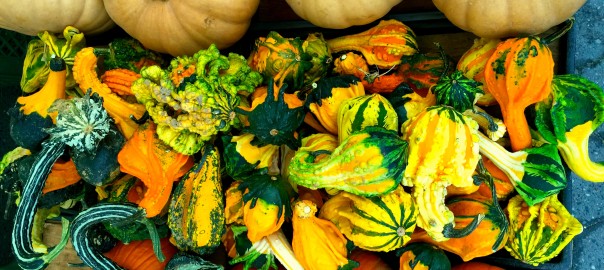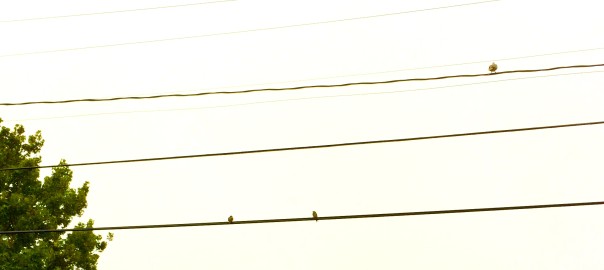The scariest thing to advertisers this Halloween might just be ad blocking software. Never fear, we know how to make sure your ads are seen. Between new ad units, native options, social outreach, and possible deals with ad blockers, we’re always looking to stay ahead of the trends—and always on the lookout for the most effective ways to let readers know about great books. Here’s some of what we’ve been reading about this week:
AN OLIVE BRANCH FROM AD BLOCKERS?
One of the leading ad blocking apps, Adblock Plus, is offering websites and advertising agencies the opportunity to whitelist certain sites and ad-types. While representatives from the Washington Post and MediaCom are attending a meeting with Adblock Plus to discuss the plans, Jason Kint, CEO of Digital Content Next, a publishing trade organization with members from The New York Times, Vox Media and Condé Nast, declined the offer. Here’s why:
“I would look at these reports on [Adblock Plus’ parent company] Eyeo’s business model and their focus on consumers much differently if they were 100 percent open about it. If Adblock Plus publicly stated which companies were paying them for whitelisting ads and the terms under which this was happening, then my level of trust would increase dramatically.”
YELP PHASING OUT DISPLAY ADVERTISING
…and phasing in native advertising.
NEXT STOP SMELLOVISION?
Stoli Vodka is using haptic technology to give their mobile ads a tactile edge: you can feel a buzz when the women in the ad makes a vodka in a shaker (and, less appetizing, when a dog pees).
IS FLIPBOARD IN TROUBLE?
Whether it’s due to the natural aging process of a formerly hot start-up that’s getting on in years, or the competition from Apple’s News app and others, this Bloomberg article points to some problems Flipboard is having. (On the upside for advertisers, ad rates are coming down!).
A BUYER’S GUIDE TO SOCIAL NETWORKS
AdWeek outlines the basic differentiators for ad buyers between the eight major social networks from large (Facebook) to small (Whisper).
#social #facebook #twitter #instagram #media
FACEBOOK LEAD ADS OPEN UP TO ALL ADVERTISERS
Lead ads make it easy to customize information you’re getting from Facebook users: whether it’s letting them sign up for emails, events, webinars or more.
#social #adtech #newunit #media
THE NEW YORK TIMES LAB SAYS THE FUTURE OF NEWS IS NOT THE ARTICLE
They are experimenting with ways “to leverage the knowledge that is inside every article.”
#futureofnews via Only Dead Fish –
DOES FACEBOOK HAVE AN AD MEASUREMENT PROBLEM?
Group M’s Rob Norman thinks online video has a ways to go before it can compete with TV:
“Both Google’s YouTube and Facebook boast incredible video numbers. Yet for all the ad dollars flowing to both platforms, they won’t start to get a piece of TV budgets until there’s a common way to measure the effectiveness of video ads, which are often viewed fleetingly and with the sound off, against a TV commercial exposure.”
#video #social #facebook #media
INSTAGRAM’S BOOMERANG
Instagram enables animated .gifs backwards and forwards with Boomerang.










